The fireplace is a central relaxing ambience of the home, and nothing can beat reading a book with a hot chocolate mug in front of a blazing fire during a cold night. But sometimes, it feels gloomy, especially in front of the gas fireplace, as the fireplace glass becomes foggy with moisture. However, they are convenient and easy-to-use.
The gas fireplace is less appealing, and you need propane to light it up, which is an expensive heating fuel. That’s why some people still prefer traditional wood-burning fireplaces in their homes.
And , if you’re one of those homeowners who want to experience the warm and cozy feeling of a real wood-burning fireplace, follow these tips and convert the fireplace from gas to wood burning one.
6 Steps to Convert the Gas Fireplace to a Wood-Burning Stove
If you have recently moved into a new-build home, your gas fireplace may not convert to a wood-burning stove. Because many new-built homes today do not have functioning chimneys, which are required for wood-burning fireplaces.
A few steps allow homeowners of new-build homes to convert their gas fireplaces to wood-burning stoves. Make sure to follow them properly!
- Know your situation
- Get approval
- Have your chimney inspected
- Change your flue
- The conversion process
- Ensure you have proper ventilation
Before getting started with the conversion process, ensure to reconsider your situation. Do you really need to convert a gas fireplace into a wood burning one?
Suppose you live in a newly-built home with an originally built gas fireplace, that doesn’t have an actual flue and chimney installed—then the process of conversion will take extra time.
To proceed with the conversion, you’ll need to replace the entire fireplace as well as install a flue and chimney.
However, if your home originally has a wood-burning fireplace, but it operates with gas, then it is easy to convert such a fireplace back into a traditional wood-burning fireplace.
Before beginning a gas-to-wood fireplace conversion, ensure that your fireplace is suitable for the change.
Additionally, it’s recommended that you first verify with the local authorities for any building codes and permit requirements to avoid any potential legal issues.
Secondly, do thorough research before investing in a major home renovation project like gas fireplace conversion into wood one.
-
Have Your Chimney Inspected
If you already have a chimney associated with your gas fireplace, it is essential to get it inspected before converting it into a wood-burning fireplace. The chimney is crucially connected to the functioning of a wood-burning fireplace, and a fireplace may not be able to work without the addition of a chimney.
Ensure that the brick and mortar, chimney liner, damper, crown, and cap are in good condition before using the fireplace. If you want chimney repair & cleaning, then reach out to us at High’s Chimney by calling 301-519-3500.
Note: This step is not necessary for homeowners installing a new chimney.
Gas flues can’t handle high temperatures from wood stoves and single-skin flues can’t effectively channel fumes. They don’t release fumes directly into the chimney, as hot air may not rise and could cool and descend into living space.
A 316-grade flue liner is a recommended solution, as it can effectively channel the combustibles and handle the burning seasoned wood.
After verifying that your chimney is all prepared for wood burning through necessary inspections and cleanings, you can finalize the process of converting your fireplace from gas to wood.
The final step in the conversion process is to remove the gas logs and either turn off the gas supply or have a gas lighter installed for your wood fireplace. Here a gas lighter simplifies the task of starting fires compared to manual methods.
Keep in mind that converting a gas fireplace to a wood-burning one requires attention to detail and technical expertise. For a safe and proper conversion, it’s best to leave the process to the gas fireplace servicing professionals.
-
Ensure You Have Proper Ventilation
When it comes to your fireplace, proper ventilation is important. Whether you are using a wood-burning fireplace or a gas fireplace, you need to ensure that you have adequate ventilation to prevent carbon monoxide and other harmful fumes from building up inside your home.
In order to keep a wood-burning stove in proper working condition, you need two components; wood and oxygen. Without adequate oxygen, the fire will not be able to sustain itself. The wood burning stove takes in the necessary oxygen from the surrounding room, making proper ventilation crucial to its operation.
Also, it’s essential to read out the new regulations and ensure that you have a proper ventilation system in your home to keep your family safe and healthy while also enjoying the comfort and warmth of your wood-burning fireplace.
4 Benefits of Having a Wood-Burning Stove
Wood-burning stoves have been a center of attraction in homes for centuries, and for a good reason. Not only do they provide a cozy and warm atmosphere, but they also offer a number of practical benefits that make them an excellent choice for homeowners and still highly preferable.
One of the biggest advantages of a wood-burning stove is its efficiency, as they retain heat much more effectively.
However, this not only means that you’ll enjoy a warm and comfortable home, but it also means that you’ll be able to save money on your energy bills, as the wood burning fireplace is cost effective.
Another great benefit of having a wood-burning stove is that it’s an environmentally friendly option. Wood is a renewable resource, and it releases carbon dioxide into the atmosphere when it’s burned.
These wood-burning stoves have a much smaller carbon footprint.
In addition to its practical benefits, a wood-burning stove also adds a touch of charm and character to any room. It comes in a variety of styles and designs, from sleek and modern to rustic and traditional, so be sure to find one that fits your personal style and aesthetic. And, of course, there’s nothing quite like the warmth and glow of a wood-burning fire to create a cozy and inviting atmosphere.
Another great advantage of a wood-burning stove is that it can be a cost-effective way to heat your home. Wood is often readily available and can be obtained for a relatively low cost, especially if you have access to your own supply of firewood.
How Much Does a Fireplace Conversion Usually Cost?
The cost estimate for a gas-to-wood fireplace conversion project in Maryland is based on several factors, such as the ventilation system and chimney work. The age and condition of the home and chimney, as well as any previous damage caused by fire or water, may impact the cost. Generally, these conversions can cost a few hundred dollars or less if you are able to handle some of the work yourself.
If you are looking for the exact amount for the fireplace conversion, then schedule an appointment today by filling out a query form.
Where Can I Get a Fireplace Expert?
Finding gas fireplace experts near you, especially in Maryland can be easily done by searching online or getting recommendations from friends and family. However, it’s advisable to contact the certified experts at High’s Chimney. Our team will provide you with comprehensive information on the six steps involved in converting a gas fireplace to wood, including:
- Improving efficiency and heat output
- Selecting the right fuel type
- Choosing the appropriate insert
- Installing a chimney liner/ grate/blower
Get the Gas Fireplace Services in Maryland!
If you are still trying to decide about converting your gas fireplace to a wood-burning stove, drop us a query by calling our gas fireplace expert at 301-519-3500; they will help you make a final decision.
The post How To Convert a Gas Fireplace to a Wood-Burning Stove? appeared first on Highs Chimney.
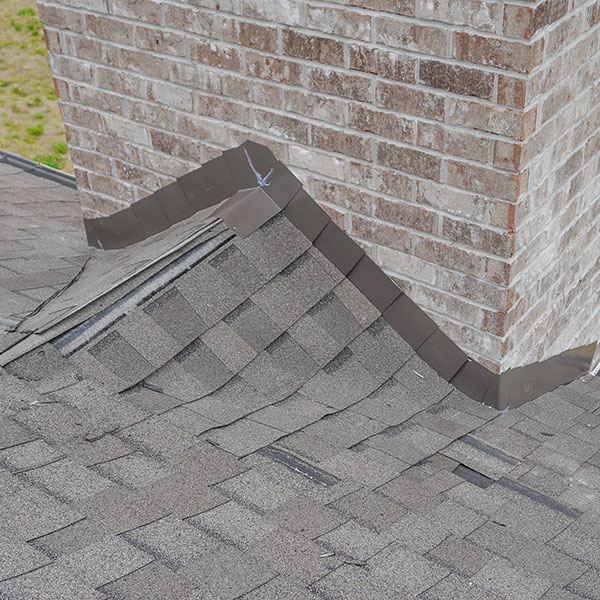 So, what is a chimney cricket?
So, what is a chimney cricket?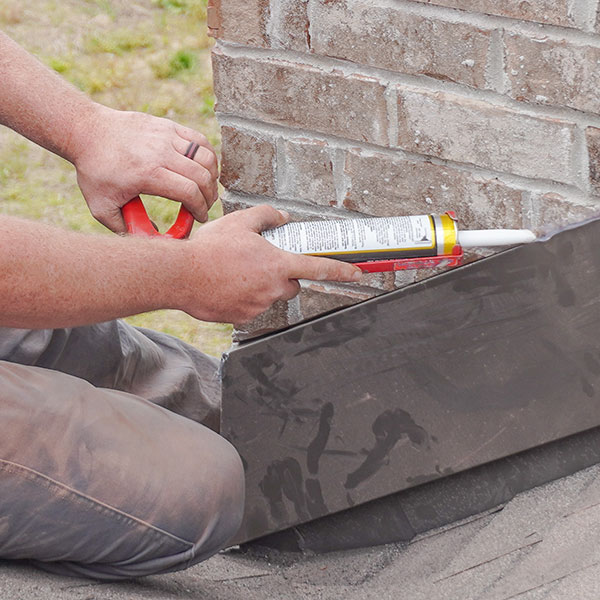 An ice dam can form when snow or moisture around the flashing freeze. An inch of that fluffy stuff can add up to 400 pounds on the chimney flashing and roof. And three inches of snow weigh nearly half a ton. That weight can cause considerable damage to your chimney, roof, and home. Additionally, the continuous freezing and thawing that occurs in Central Connecticut winters damage masonry, causing the mortar to decay and bricks to crack, crumble, and spall. Installing a cricket can help protect your chimney from water and ice damage.
An ice dam can form when snow or moisture around the flashing freeze. An inch of that fluffy stuff can add up to 400 pounds on the chimney flashing and roof. And three inches of snow weigh nearly half a ton. That weight can cause considerable damage to your chimney, roof, and home. Additionally, the continuous freezing and thawing that occurs in Central Connecticut winters damage masonry, causing the mortar to decay and bricks to crack, crumble, and spall. Installing a cricket can help protect your chimney from water and ice damage. What Causes Chimney Crumbling?
What Causes Chimney Crumbling?




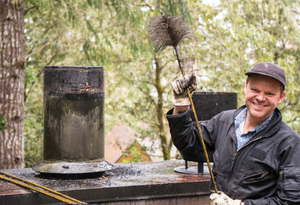
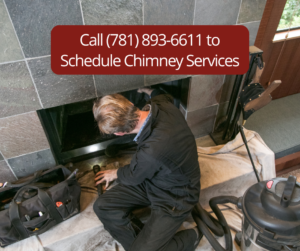
 What Causes Internal Chimney Deterioration
What Causes Internal Chimney Deterioration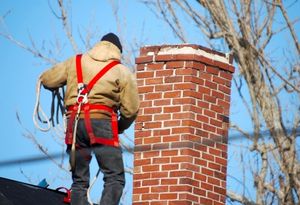 How to Prevent Chimney Deterioration
How to Prevent Chimney Deterioration
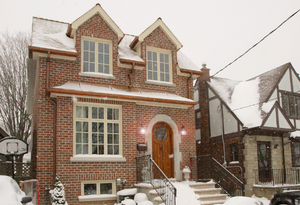 Get a Chimney Cap
Get a Chimney Cap